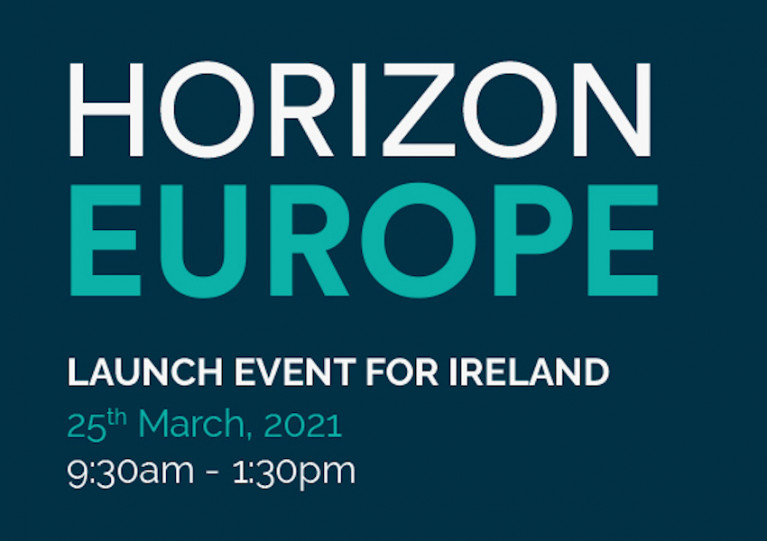

European Satellites Could Provide Effective Health Check of Irish Coastline
22nd April 2021 Coastal Notes
Irish Marine Experts Sounding Out Salmon, Basking Sharks, Skate, Dolphins, Whales & Seals
20th April 2021 Sharks
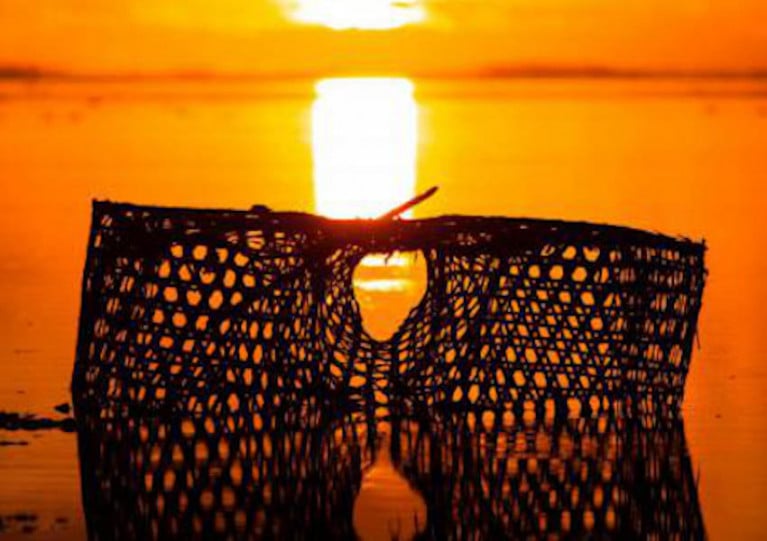
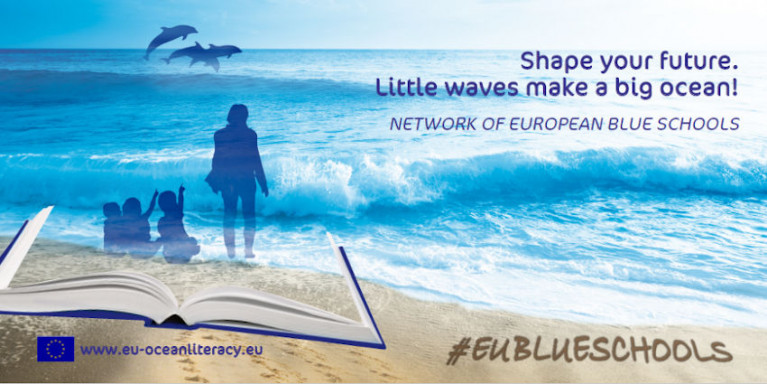
Explorers Education Project Features in New ‘European Blue Schools’ Handbook
12th April 2021 Marine Science
SeaMonitor Marine Research Project Has Clew Bay & Achill as Key Study Areas
7th April 2021 Marine Science
Free Online Talk on Microplastic Impact on Whale & Basking Sharks Next Tuesday
5th April 2021 Sharks
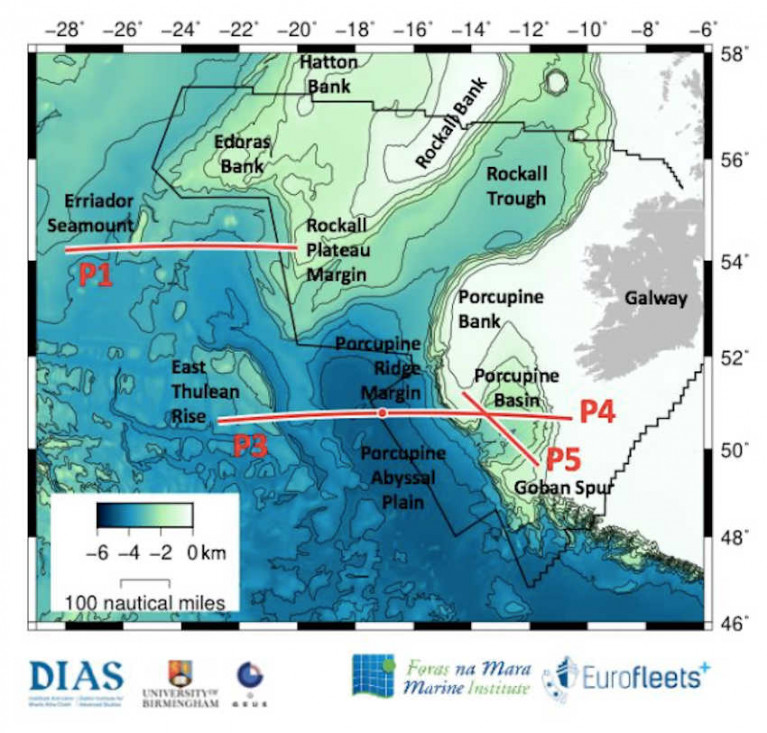
Notice of Upcoming Geophysical Survey at Rockall Plateau, Porcupine Abyssal Plain & Porcupine Seabight
28th March 2021 Marine Science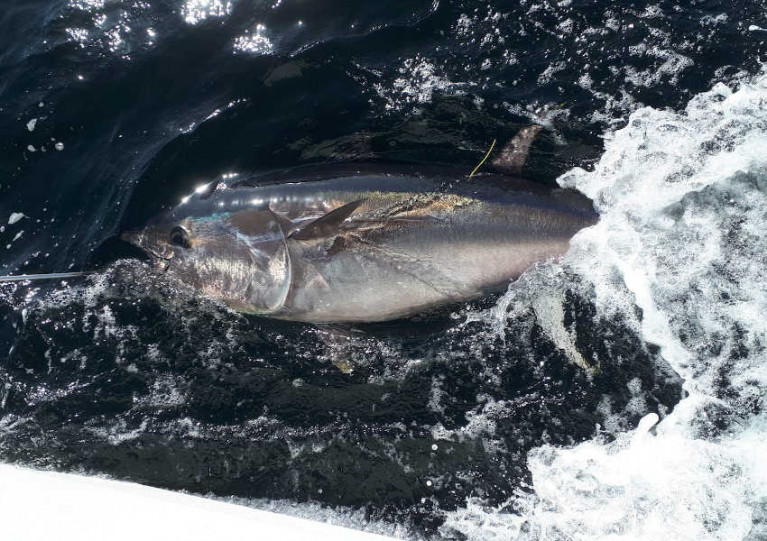
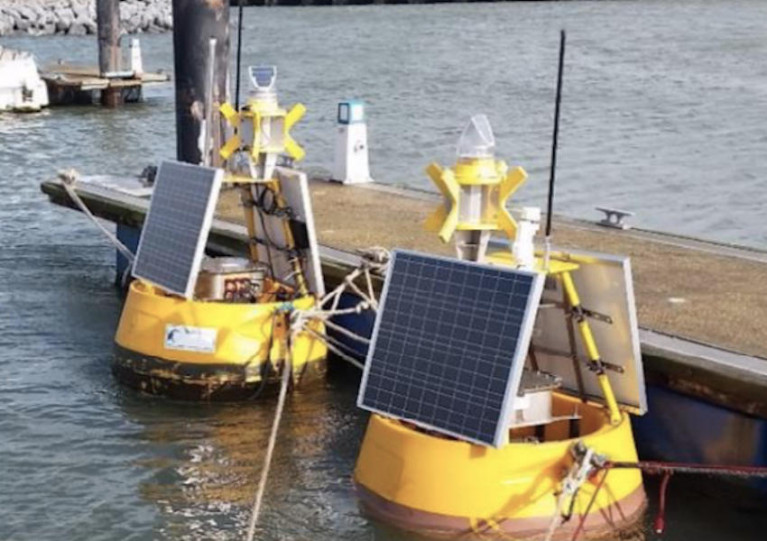
Data Buoys for Oceanographic Monitoring of Fenit Harbour Set to Deploy in Tralee Bay
25th March 2021 Irish Harbours
Irish Marine Data Buoy Observation Network Celebrates 20th Birthday (Video)
23rd March 2021 Marine Science
Scientists Ask Boat Owners to Keep Lookout for Japanese Kelp in Irish Harbours & Marinas
23rd March 2021 Marine Science